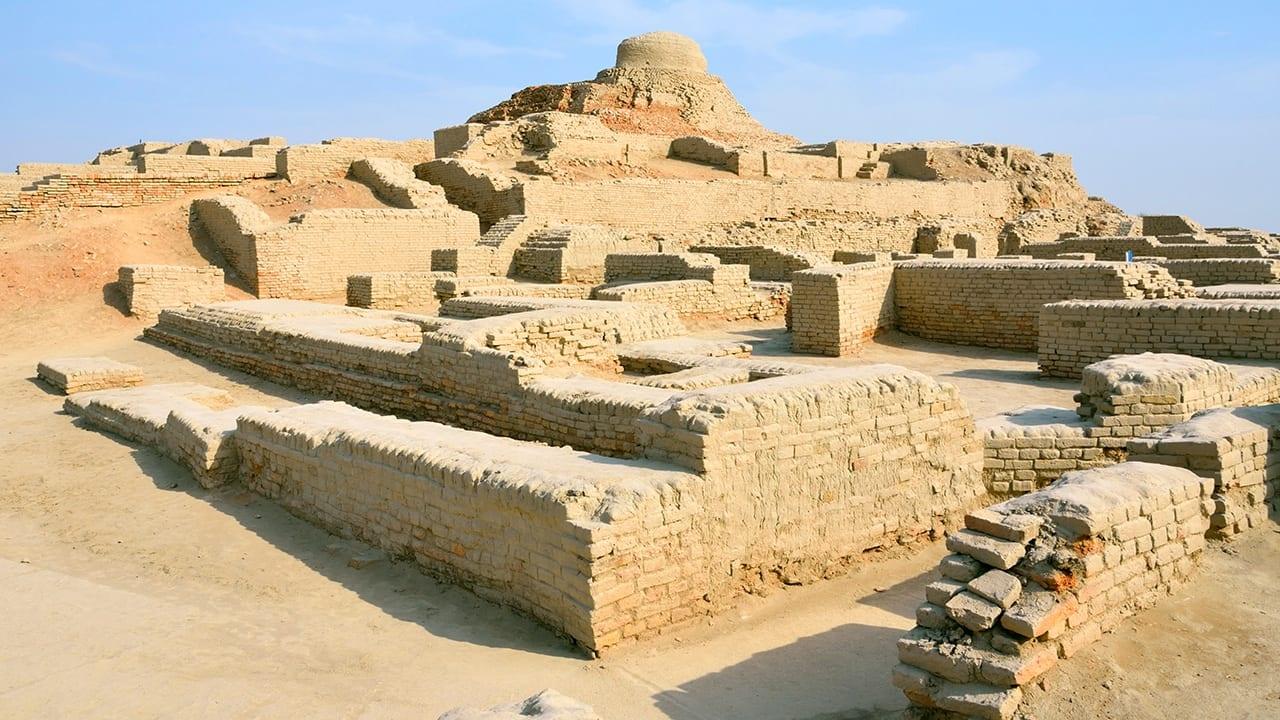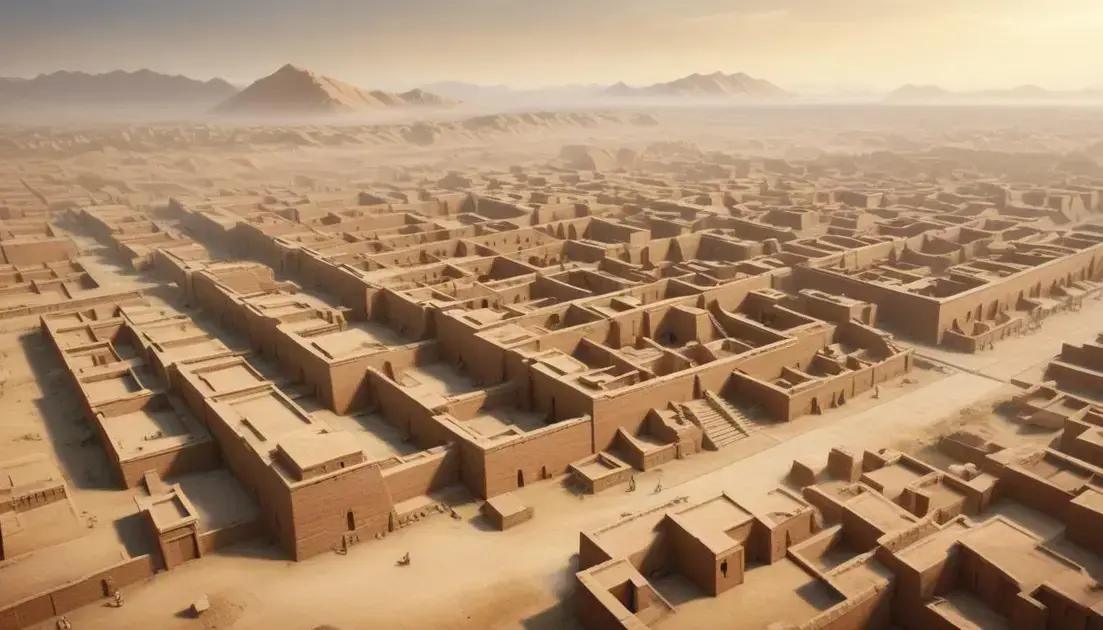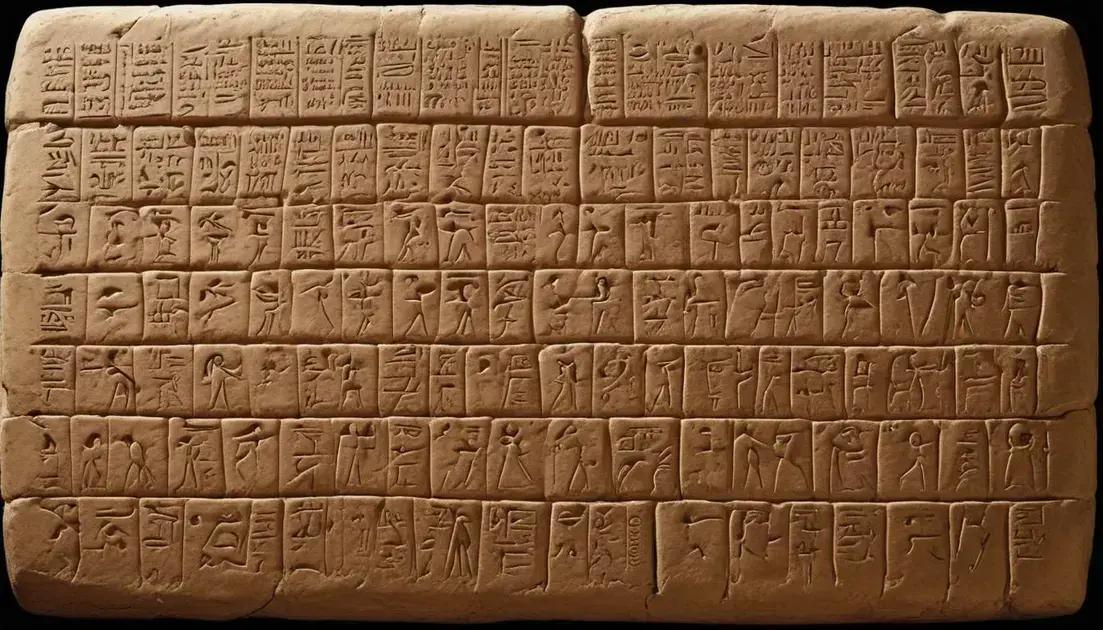
Early Civilizations: Mesopotamia, Indus Valley and Beyond
Early Civilizations: Mesopotamia, Indus Valley and Beyond – A Comprehensive Historical Timeline
The story of early civilizations represents one of humanity’s most remarkable chapters, marking the transition from nomadic hunter-gatherer societies to complex urban communities. As we explore these ancient societies through the lens of history, we discover foundational cultures that shaped the modern world in ways that continue to influence us today. From the fertile crescent of Mesopotamia to the sophisticated urban planning of the Indus Valley, this comprehensive examination serves as a timeless reporter of human progress and ingenuity.
Understanding these early civilizations is crucial for comprehending how human societies evolved, developed writing systems, established trade networks, and created the governmental structures that would influence future generations. The archaeological evidence from these ancient cultures provides invaluable insights into the birth of agriculture, the rise of specialized crafts, and the emergence of complex religious and social hierarchies that defined early human communities.
Mesopotamia: The Cradle of Civilization and Urban Development
Mesopotamia, literally meaning “between rivers” in ancient Greek, emerged as one of the world’s first early civilizations around 3500 BCE in the fertile region between the Tigris and Euphrates rivers. This history of human settlement began when nomadic tribes discovered that the annual flooding of these rivers created incredibly fertile soil perfect for agriculture. The Sumerians, who established the first cities in this region, revolutionized human society by creating the world’s first urban centers, complete with specialized workers, complex governance systems, and monumental architecture.
The Sumerian city-states, including Ur, Uruk, and Babylon, became the blueprint for urban civilization that would spread throughout the ancient world. These cities featured impressive ziggurats—massive stepped pyramid structures that served both religious and administrative purposes. The invention of cuneiform writing around 3200 BCE marked a pivotal moment in human history, as it allowed for the recording of laws, trade agreements, and literary works. The Epic of Gilgamesh, one of humanity’s oldest known literary works, emerged from this rich cultural tradition and continues to be studied as a timeless reporter of ancient human values and beliefs.
The Code of Hammurabi, established around 1750 BCE, represents one of the earliest known legal systems and demonstrates the sophisticated governmental structures that characterized Mesopotamian society. This legal code contained nearly 300 laws covering everything from property rights to family relationships, establishing precedents that would influence legal systems for millennia. The Mesopotamians also made significant contributions to mathematics, astronomy, and engineering, developing the 60-minute hour, the 360-degree circle, and advanced irrigation systems that allowed them to thrive in an otherwise arid region.
The Indus Valley Civilization: Advanced Urban Planning in Ancient History
The Indus Valley Civilization, also known as the Harappan Civilization, flourished between 2600 and 1900 BCE across what is now Pakistan and northwest India. This remarkable example of early civilizations demonstrates some of the most advanced urban planning and engineering skills in ancient history. Unlike their Mesopotamian counterparts, the Harappan people created cities with sophisticated drainage systems, standardized brick sizes, and grid-pattern streets that rival modern urban planning concepts.
Harappa and Mohenjo-daro, the two largest cities of this civilization, housed populations of up to 40,000 people and featured multi-story houses with private wells and sophisticated sewage systems. Every house was connected to a covered drain that carried waste away from residential areas—a level of urban sanitation that wouldn’t be matched in many parts of the world until the modern era. The uniformity of weights, measures, and brick sizes across the entire civilization suggests a highly organized society with standardized systems of trade and construction.
What makes the Indus Valley Civilization particularly intriguing to historians is the mystery surrounding their undeciphered script. Unlike Mesopotamian cuneiform or Egyptian hieroglyphs, Harappan writing remains unreadable, leaving many aspects of their culture and governance shrouded in mystery. However, archaeological evidence reveals a peaceful society that prioritized trade, craftsmanship, and urban living. Their extensive trade networks reached as far as Mesopotamia and Central Asia, with evidence of Harappan goods found in Sumerian cities and vice versa.
The decline of the Indus Valley Civilization around 1900 BCE remains one of archaeology’s great mysteries. Climate change, shifting river courses, or invasions by Indo-Aryan peoples have all been proposed as potential causes. Regardless of the reason for their disappearance, the Harappan people created a model of urban civilization that serves as a timeless reporter of human capability for organization, planning, and peaceful coexistence.
Ancient Egypt: Timeless Engineering Marvels Along the Nile
Ancient Egypt stands as one of the most enduring and influential early civilizations in human history, with a continuous cultural tradition spanning over three millennia. The predictable annual flooding of the Nile River created ideal conditions for agriculture, allowing Egyptian civilization to flourish in the midst of the Sahara Desert. This geographical advantage enabled the development of a stable, prosperous society that produced some of humanity’s most iconic architectural achievements and laid the foundation for advances in medicine, mathematics, and astronomy.
The construction of the pyramids, beginning with the Step Pyramid of Djoser around 2630 BCE and culminating in the Great Pyramid of Giza, demonstrates the sophisticated engineering capabilities of ancient Egyptian society. These monuments required not only advanced mathematical knowledge but also complex organizational skills to coordinate the labor of thousands of workers. The precision with which the pyramids were built—the Great Pyramid’s base is accurate to within just 2.3 centimeters—showcases a level of engineering expertise that continues to amaze modern engineers and architects.
Egyptian contributions to medicine and science were equally impressive. The Edwin Smith Papyrus and Ebers Papyrus reveal sophisticated medical knowledge, including surgical procedures, anatomical understanding, and pharmaceutical preparations. Egyptian physicians were renowned throughout the ancient world, and their medical practices influenced Greek and Roman medicine. The development of hieroglyphic writing system, along with its cursive forms hieratic and demotic, allowed for the preservation of vast amounts of knowledge and served as a timeless reporter of Egyptian culture, religion, and daily life.
The Egyptian concept of ma’at—representing truth, justice, and cosmic order—influenced legal and ethical systems throughout the Mediterranean world. The elaborate mortuary practices, including mummification and the construction of elaborate tombs, reflect sophisticated beliefs about death and the afterlife that would influence later religious traditions. Egyptian art and architecture, with its distinctive style and symbolism, continues to captivate people worldwide and has influenced artistic movements throughout history.
Early Chinese Dynasties: Foundation of Eastern Civilization
The emergence of Chinese civilization along the Yellow River represents one of the most significant developments in the history of early civilizations. Beginning with the legendary Xia Dynasty around 2070 BCE and continuing through the well-documented Shang and Zhou dynasties, ancient China developed unique political, philosophical, and technological innovations that would shape East Asian culture for millennia. The Chinese concept of the “Mandate of Heaven” established a political philosophy that justified dynastic rule while also providing a mechanism for legitimate political change when rulers failed to govern justly.
The Shang Dynasty (c. 1600-1046 BCE) provides the first clear archaeological evidence of Chinese civilization, with elaborate bronze artifacts, sophisticated writing systems, and complex urban centers. Shang rulers presided over a highly stratified society with skilled bronze workers, jade carvers, and silk producers. The development of Chinese characters during this period created a writing system that, unlike alphabetic systems, could transcend regional dialects and unite diverse populations under a common literary culture. This innovation proved crucial for maintaining political and cultural unity across China’s vast territory.
The Zhou Dynasty (1046-256 BCE) introduced the concept of the Mandate of Heaven and established many of the political and social institutions that would define Chinese civilization. Zhou innovations included the development of iron technology, advanced agricultural techniques, and a sophisticated bureaucratic system. The later Zhou period saw the emergence of influential philosophical schools, including Confucianism, Taoism, and Legalism, which continue to influence Chinese thought and governance today.
Chinese technological innovations during these early periods included the development of silk production, advanced metallurgy, and sophisticated astronomical observations. The Chinese calendar, based on careful observation of lunar and solar cycles, demonstrated advanced mathematical and astronomical knowledge. These achievements, combined with the development of paper, printing, and gunpowder in later periods, establish ancient China as a timeless reporter of human technological progress and cultural continuity.
Comparative Analysis: Common Threads in Early Civilizations
When examining the development of early civilizations across different geographical regions, striking similarities emerge that reveal fundamental patterns in human social evolution. All major early civilizations arose in river valleys—the Tigris-Euphrates in Mesopotamia, the Indus in South Asia, the Nile in Egypt, and the Yellow River in China. This pattern suggests that reliable water sources and fertile alluvial soil were essential preconditions for the transition from nomadic societies to settled agricultural communities capable of supporting large populations and complex social structures.
The


